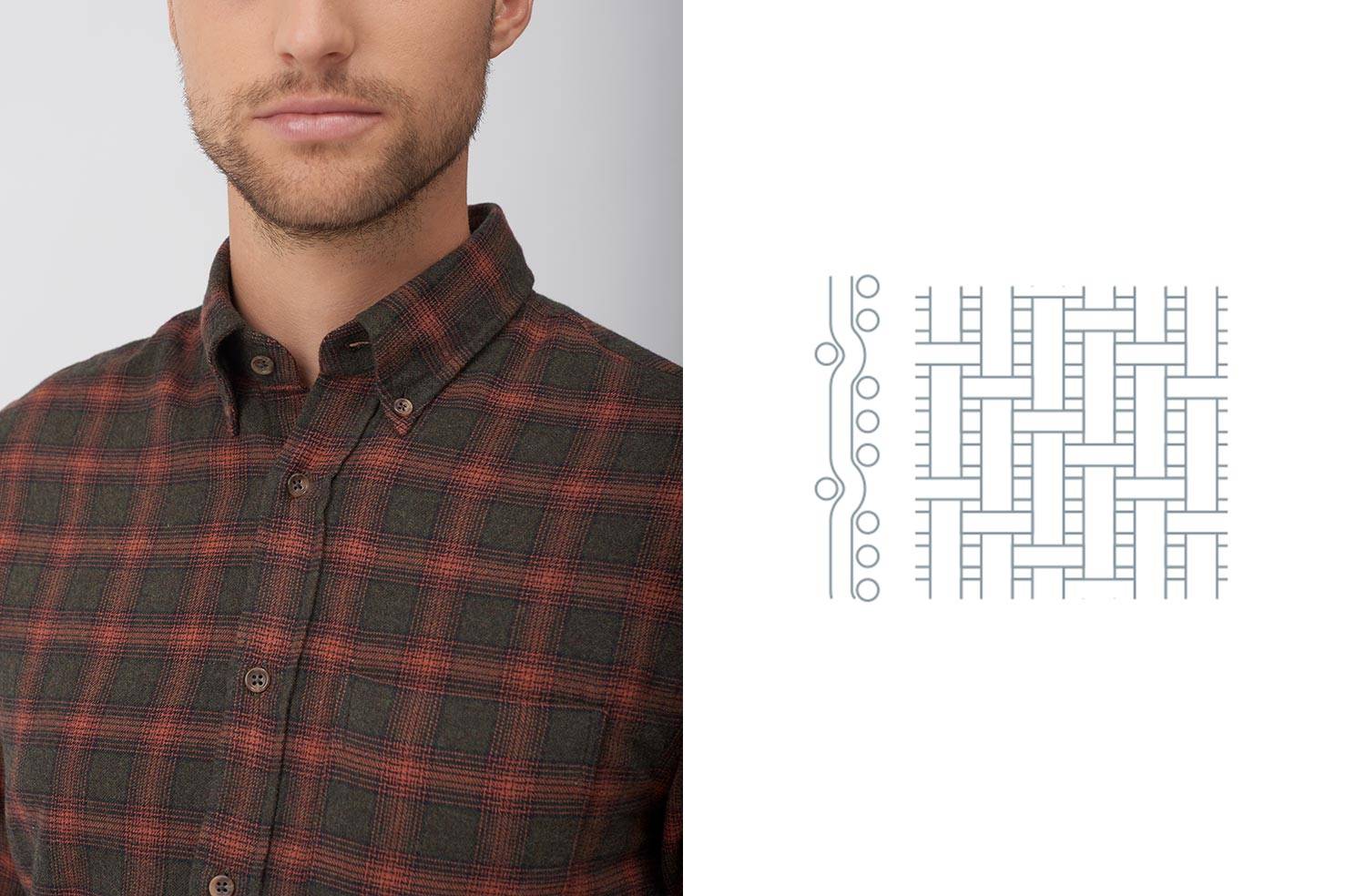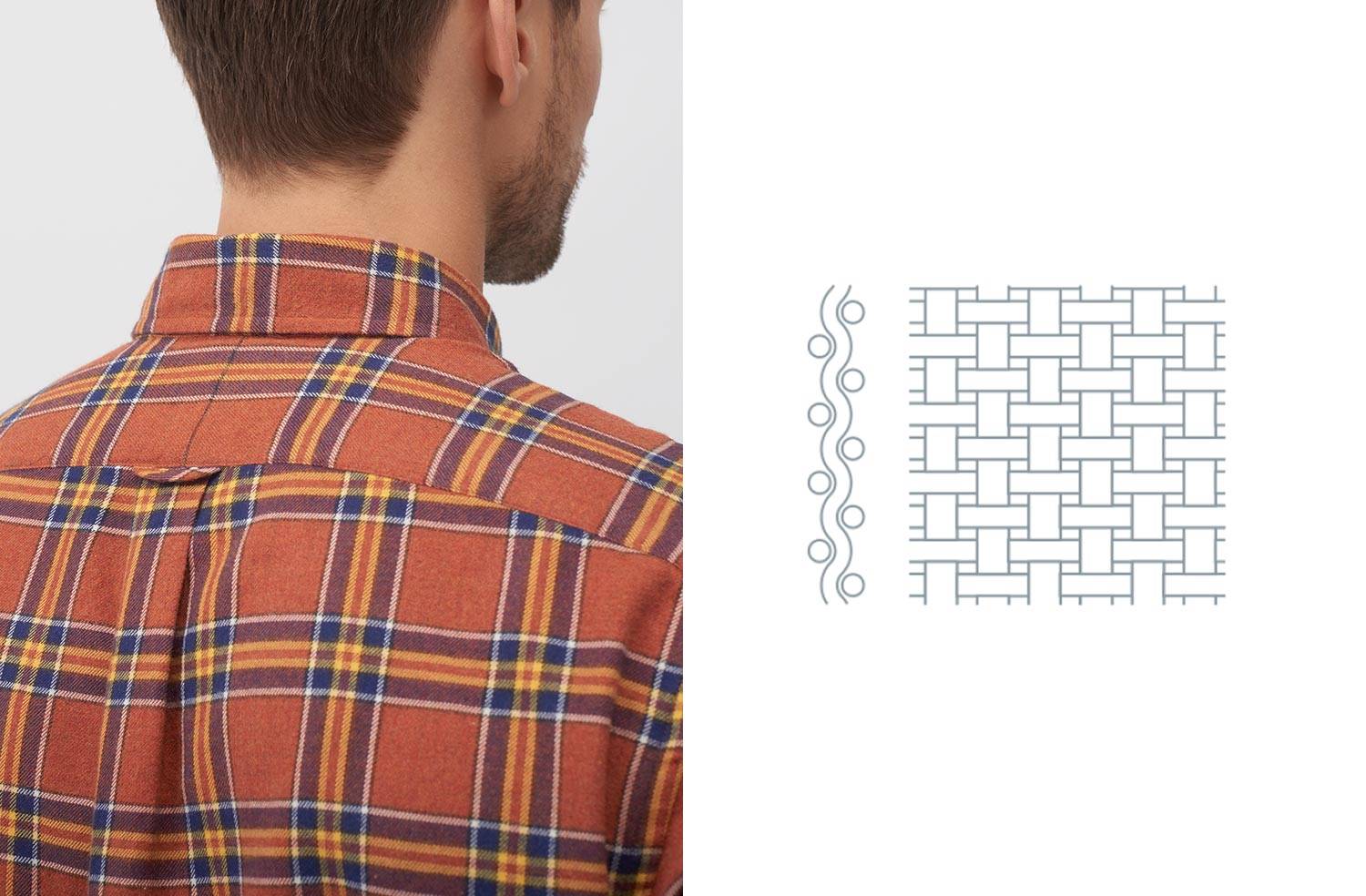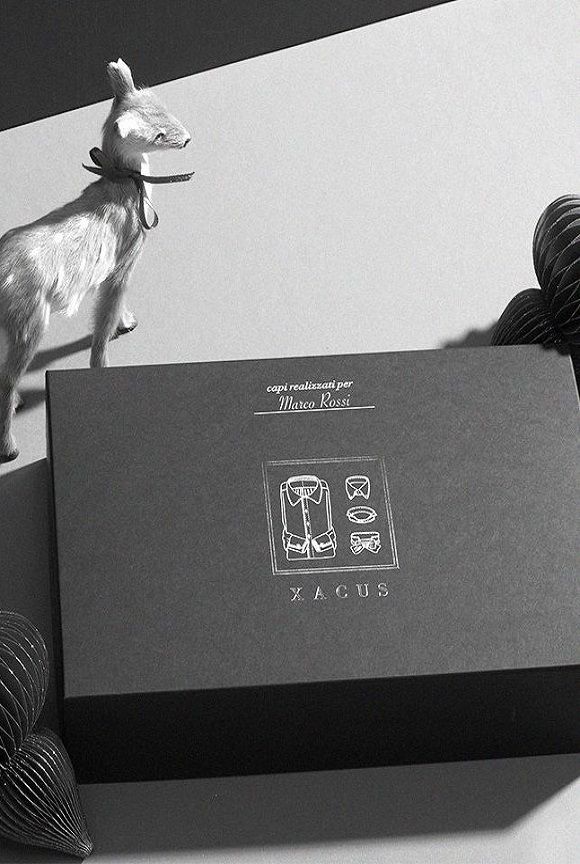The check shirt has always been seen as something casual, something informal, the ideal wear for leisure, for outdoor walks, and activities out in the mountains or the countryside. However, we need to make the distinction between the different types of check because, if we take a closer look at the different combination, we can see that a check shirt can easily become the ideal choice in different contexts, from casual to formal and through to total fashion looks. Thanks to the continued appearances and reappearances in fashion, check shirts are being seen on the most popular, high-end catwalks at the different fashion weeks for both men and women. The combinations of bright colours, wide fits and warm fabrics are such important characteristics of an iconic garment that we will be looking at in two of its best-known patterns: Madras and Tartan.


Madras: from India to US college wear
The original fabric was woven on hand looms in the East Indian city of Chennay, known in ancient times as Madras, and it was only dyed using plant-based substances. The lack of colour fastness of this type of dye meant that the colours would bleed when the garment was washed, creating original patchwork effects that would add the touches of unique eccentricity to the fabric. It became very popular in Sixties America as the go-to look for elite college students from the East Coast: a style that would become increasingly sophisticated over time and which never went unnoticed. Today Madras refers to cotton fabric with a plain weave and a characteristic multicoloured check design with irregular warp and weft notes, made in a wealth of different colours.
In its masculine version, the Madras check shirt in the Heritage collection by Xacus, is perfect over a t-shirt with a comfy fit, and paired with jeans and sneakers. Even in the feminine version, Caterina is a shirt with a soft fit and a multicoloured check that goes well with informal outfits, completed with plain trousers and a pair of sneakers.


Tartan: the Scottish fabric that's a global success
Tartan, which comes from the French word tiretaine, meaning rough and woolly, has a characteristic check design interspersed with stripes in different colours. The fabric itself has a twill weave, where the check is created by repeating the same sequence of coloured lines and stripes in the direction of both warp and weft. There are lots of tartan variations and its original weaves, known as setts, served to distinguish the 33 clans of the Scottish Highlands during the 16th century. However, in 1819 there were more than 250 patterns and now some 600 to 700 varieties are available. Originally, tartan was made exclusively in wool, but now it can be had in any type of yarn, from silk to cotton, flannel and velvet, through to artificial fabrics. This makes it one of the most widespread, well-known fabrics on a global scale.
Tartan is a unisex pattern that we offer in the form of check shirts in the Heritage collection by Xacus in the men’s version with button-down collar, and characteristic red weave on brown, made in a soft flannel to wear over jeans with a pair of lace-up boots. Xacus’ tartan for women has a more chic style, in the form of a lightweight shirt in silk blend with different tones of brown. The oversized fit, small collar and long sleeves make this the perfect pairing with classic black trousers and some comfy boots, for a look that never goes unnoticed.

